Using email and internet in the US Army, 41 a year after the first @
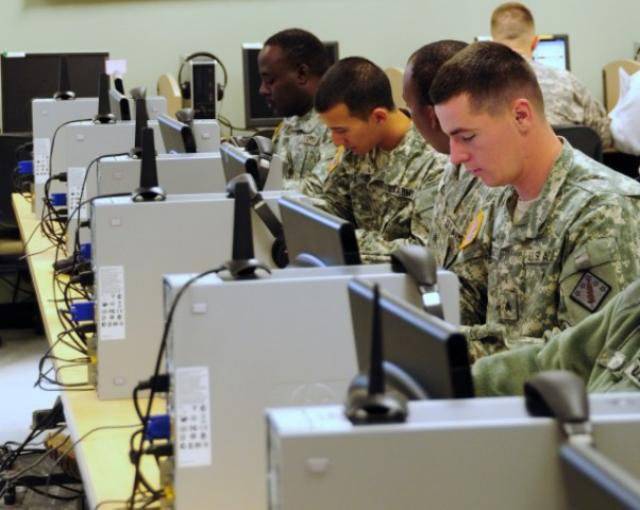
Under the Defense Information Systems Agency (DISA-Defense Information Systems Agency) program, the US Department of Defense has been implementing the Enterprise Email project from 2010.

DEVELOPMENTS:
-September 2010 DISA agreed to transfer the e-mail addresses of the army users database to a specialized exchange server with support for cloud-based data storage technology (Enterprise Email).
- From 31 on January 2011, around 2000, selected email users from the Information Technology Agency (ITA), Office of the General Information Services / G6, NETCOM / 9th Army Command Center, US Army Research Center and the Department for Command Engineering Engineering began to translate into Enterprise Email (acquisition of email service providers DOD).
The goal is corporate e-mail for all users of MO, which allows sharing all available information in the cloud storage. User migration will be controlled by ITA and 7th Signal Command. HQDA (Army Headquarters) plans to start migrating the entire MO no later than March 1 of 2011, immediately after successfully translating the first wave of users.
The rest of the army will finish migrating to December 31 2011 of the year.
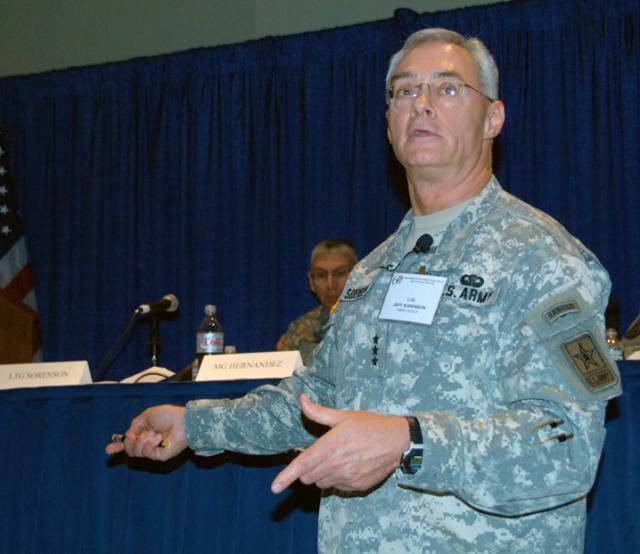
Why is this necessary for the army and individual soldiers?
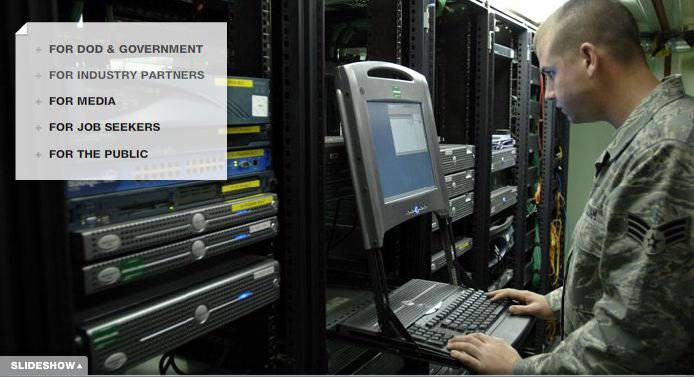
1) corporate email allows users to access army email and cloud data from anywhere in the world.
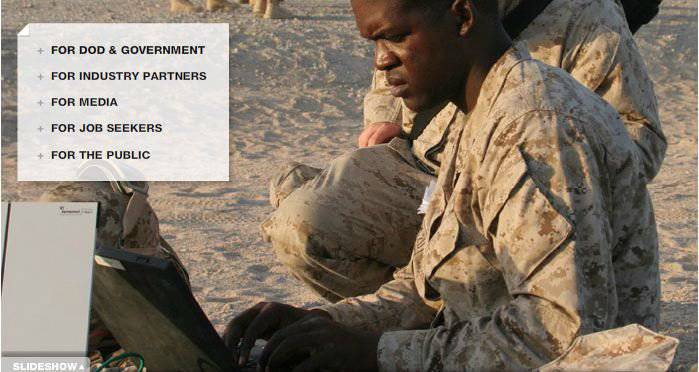
2) The Department of Defense can contact and cooperate with any army user around the world through the Global Address List.
3) Enterprise Email users receive a full range of services with enhanced protection.
4) corporate email provides at least four gigabytes of email storage and cloud storage technology, which is 40 times the current baseline (the user no longer has to worry about exceeding the mailbox size limit).
5) corporate e-mail allows the army of users to exchange data and contact information within the MO network, without the inconvenience and loss caused by different e-mail service providers.
6) on-line - activity and availability during movement and crossings, mobile connection.
7) A free “visit” of military users to the Internet, such as NATO and the Military Academy at West Point, New York, with the ability to view suggestions, recommendations and get advice on combat experience ..
8) easy access to military resources on the Internet on the relevant topic.
Use the Internet search tools to find the information you need.
9) fast receipt historical documents and instructions from text archives.
10) participation in electronic discussions on a relevant topic.
11) automatic receipt News, releases and announcements on a specific topic, viewing the contents of professional and scientific journals before they are published.
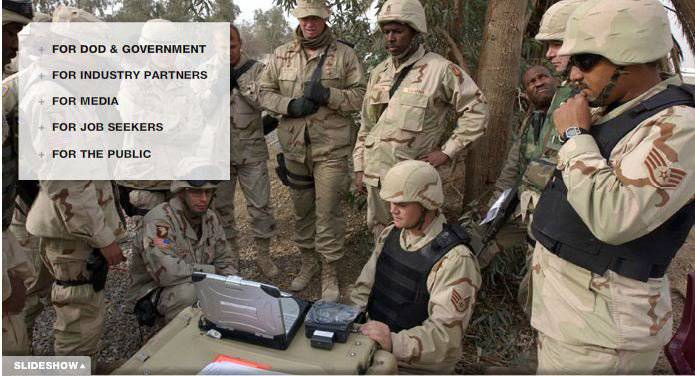
Other DISA Internet and e-mail programs:

SIPRNET - the closed protocol of the network router is a system of interconnected computer networks used by the US Department of Defense and the US State Department to transmit secret information with packet switching on TCP / IP protocols in an “absolutely safe” environment. It also provides services such as hypertext documents and email.
NIPRNET (open network router protocol) is used to exchange unclassified, but important information between the “internal” users of the US armed forces, as well as providing military access to employees to the Internet, although the use of some social networks and websites (egYouTube, Facebook, Myspace, Twitter, and some Google Apps limited to US DoD. This restriction was lifted only in February 2010.
Gig-be - global information network with expanded bandwidth, created to improve national security intelligence, surveillance, information security, as well as command and control.
RACE - fast access to the computing environment (RACE) of high power, began operating in October 2008, under the joint leadership of DISA and the General Directorate of Technology. MO portal users are allowed to independently receive computing resources within 24 hours. RACE provides a simplified process for the preparation and subsequent development, testing, and through the use of Enterprise Mission to provide Technical Support Service (eMASS) and VMS.
Forge.mil In April, 2009 of the Year, DISA launched an open source environment to improve the ability of the US Department of Defense to quickly build reliable software, services and management systems, as well as for combat.
HOW IT ALL BEGAN :
In April, the 2012 first in the world @ turned 41 year.
In April, the 2012 global INET community established its own Hall of Fame as part of its 20 anniversary at the 2012 conference in Geneva. Among the 33 most famous names in the history of the Internet, Ray Tomlinson (currently an engineer Raytheon Company), which put "@" on the map of the evolution of communication.

In 1965, he graduated from MIT and began working for Bolt Beranek and Newman. In 1968, the company received a government order for work related to networking. ARPANET (Internet predecessors)
Coordinated this work Advanced Research Agency Agency (ARPA) of the US Department of Defense (hence the name of the network).
The ARPANET network, which began operating in 1969, united mainly research centers and major universities in America.
Ray Tomlinson began experimenting with his newly created SNDMSG system and CYPNET file transfer protocol in order to organize the transfer of files to remote ARPANET nodes (in 70-s, the network had 23 computers integrated into 15 nodes).
Tomlinson recalls: "I had the idea that CYPNET could include the file being sent as part of the mailbox file, just like the SNDMSG does." According to him, it was necessary only to "make a small change in the protocol." What was done by him.
1971, Cambridge, Massachusetts, a bearded computer scientist, hunched over, sat between two massive computers, trying to send the world's first email.
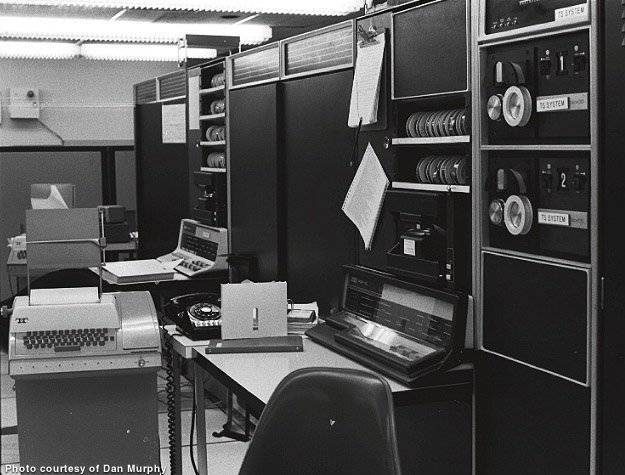
For several hours, he unsuccessfully tries to debug the software in order to transfer a message from one computer the size of a cabinet to another.
The legend (as interpreted from the first person) says:
"Every time I tried to forward a message, I would type something like 'test 123' or something harmless, and try to send it and see what happened," Tomlinson says. Several dozen attempts were made, but not a single message went through.
He tried again, typing on the recipient's teletype keypad: Tomlinson + @ (small key as separator) + bbn-tenexa (another computer name) : tomlinson @ bbn-tenexa

In the text of the message being sent on the keyboard, the top row of keys “qwertyuiop”, And typed“ send ”, sending this“ informative ”message to another computer, sliding the chair to the teletype of the second computer and typing“ accept ”on the keyboard for the mailbox.
Silence reigned for a moment. And then the teletype came alive with a crash. The first email in history has arrived..
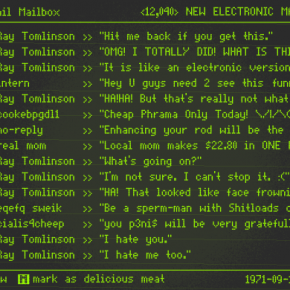
The first letter of Tomlinson traveled just 100 meters - from a computer known as BBN-TENEXB to a router elsewhere in the building, and then back to the second computer, BBN-TENEXA. The letter has not survived.
Tomlinson came up with an addressing scheme that would identify not only the recipients of the messages, but also the computers on which their mailboxes were located. For this, a separator was needed, and the choice of Tomlinson fell on the symbol "@". When, after many years, he was asked why he chose this symbol, he replied: "I was looking for a sign on the keyboard that could not meet in one name and cause confusion." And he continued: “The“ @ ”symbol (“ at ”, which is consonant with the English preposition at, i.e.,“ on ”) was chosen meaningfully. It shows that the user is“ on ”some other host, and not on the local network. "
Domain extensions, such as com and net, as well as national suffixes, were introduced only a few years later.
In March, 1972. Tomlinson added to its program an elementary user interface that allows you to send messages over the network and download from the mailbox those that are intended for a specific person. Six months later, based on the development of Ray Tomlinson, his colleague Roberts created his program, which, in addition to sending and downloading messages, already had many service functions, such as the ability to selectively read messages loaded into the program and save them in a separate file. In addition, Roberts' program could automatically send replies to certain letters it received. Email quickly gained popularity in Arpanet. It took only a year and a half to take three-quarters of all the information transmitted through this network to occupy messages sent by it.

In 1975, Mr. John Wittal created the MSG program, which includes all the email sending, receiving, and processing functions developed by that time. Vittal's e-mail system and development have been greatly appreciated in government circles.
So, 26 March 1976, the English queen Elizabeth II began to use e-mail.
Happy Birthday Smiley (
In 1981, the rapidly expanding Arpanet was joined by the Computer and Science Network. The European UNIX Network, a network of European computers, appeared in 1982. In 1988, the first mail gateway between the network community, originated by Arpanet (by that time already known as the Internet, i.e. simply “inter-community”), and the network created by volunteers, a feature distinguished by the absence of permanent connections between computers , Fidonet. From now on, users of both networks could exchange letters.
According to Raytheon, 41 a year after the first message from Tomlinson about 1,9 billion people on some days are sent to 300 000 000 000 emails daily.
Tomlinson remains the most well-known email guru and reviver of the @ sign from non-existence, and he cheerfully signs autographs with his name as "R @ y"when asked.

Information sources:
http://www.raytheon.com/;
http://chernykh.net/;
http://www.internethalloffame.org/;
http://en.wikipedia.org/;
http://www.mit.edu/;
http://reis.ustu.ru
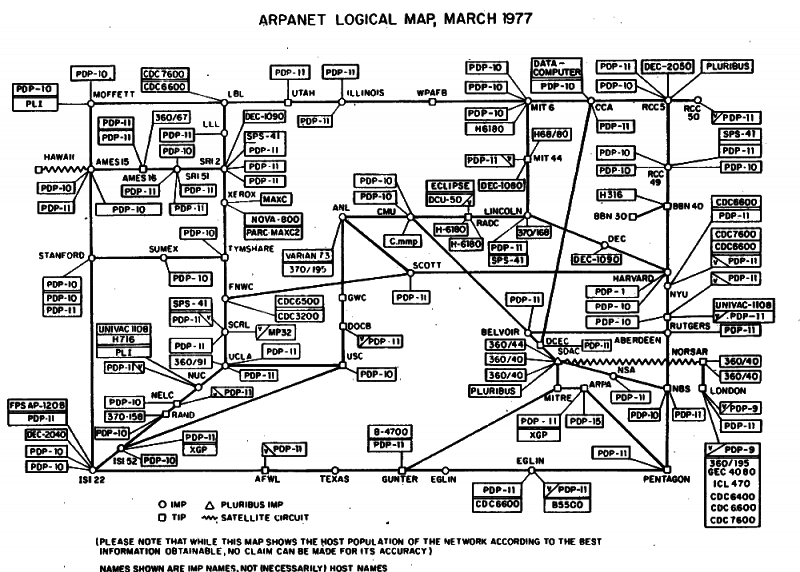
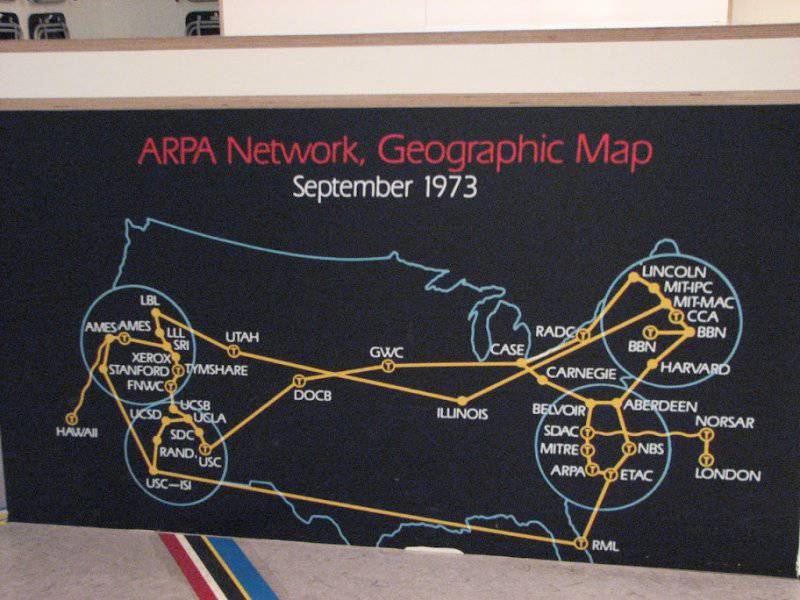
Information